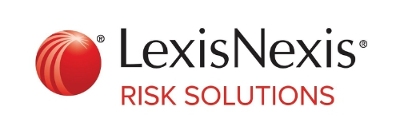 Sophisticated machine learning techniques and analytics identify an individual’s driving patterns improving consumer experience and representation
Sophisticated machine learning techniques and analytics identify an individual’s driving patterns improving consumer experience and representation
LexisNexis Risk Solutions has evolved its machine learning in Driver Signature™ analytics, its proprietary technology for insurance telematics programs, increasing accuracy when identifying the driver for a given trip based on driving style. After collecting a certain number of trips meeting the minimum driving distance, an individual driving pattern can be established. The model requires nominal future interaction with the policyholder to designate that s/he was at the wheel, rather than in the passenger seat of a vehicle, in a taxi or on a bus.
Driver Signature draws from the billions of miles of driving behavior data accumulated since LexisNexis Risk Solutions created its telematics platform in 2009. The telematics platform has the ability to collect, process, normalize and score driving data from smartphone apps, as well as OBDII devices, 12 volt devices and connected cars from auto makers, a.k.a. Original Equipment Manufacturers (OEMs).
Driver Signature uses machine learning and advanced analytics to identify when a policyholder is driving, which enables insurance carriers to offer telematics programs without the need for an additional aftermarket device to be installed in the vehicle. Once a set of driving pattern attributes are developed, a Driver Signature analytics model is applied to classify the trips as either a driver trip or a passenger trip. The model is then used as the basis for scoring all future journeys.
Up until now, U.S. insurers offering usage-based insurance (UBI) policies needed to trust that the policyholder was the person driving the car and not a partner, friend, young driver or parent. Driver Signature analytics can reduce fraud risks from policyholders claiming to be driving when they are not and vice versa, and offer insurers a new level of confidence in the use of smartphone apps.
There are recommended default settings and insurers will be able to choose customized parameters, including the minimum number of trips and minimum distance of trips, as well as the classification threshold. There is limited customer interaction needed during this process, which makes it a critical enabler of continued consumer adoption of UBI.
Source: LexisNexis Press Release






















